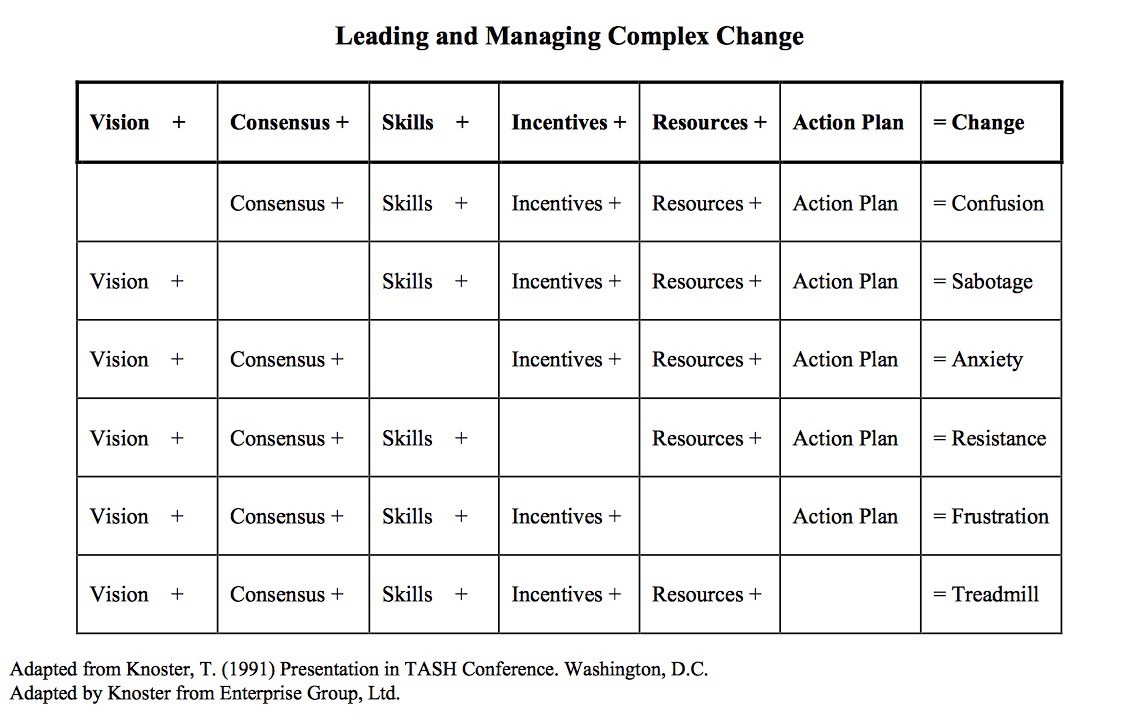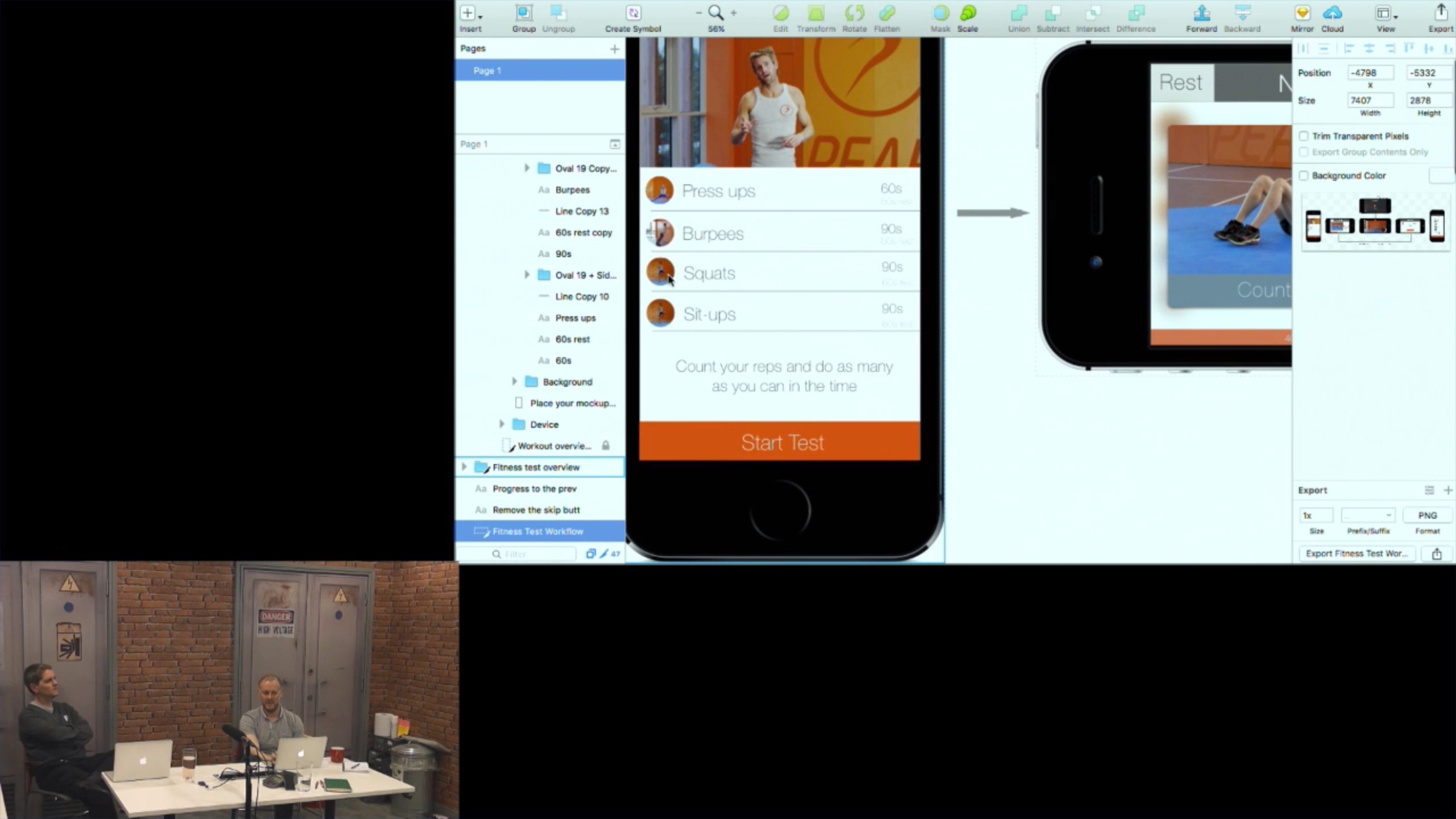Making the design process more efficient with Sketch
Leading the change to a standardised design tool
Redgate was founded with the principles of User Centred Design at its core. This philosophy informed the hiring of User Experience Designers; people who were able to understand how humans work with software.
Designers were (and still are) diverse in the disciplines in which they trained; HCI, psychology, visual design, industrial design, architecture and technical writing to name a few.
Each Designer works closely with their development team, their customer and their product. Helping the engineers understand the needs of the user (ie. what to build), alongside design requirements for the product (how to build it) is a critical part of the job.
Prior to this project, everyone had their preferred design tool to help them acheive this.
Situation
Somewhere along the line, Redgate’s customers began using different product combinations to solve larger business problems.
Two things happened:
- Inconsistencies in presentation and implementation between different products became obvious
- Designers needed to spend more time researching these new needs and direction for their product
Through design field trips, we’d seen these problems solved with standardised pattern libraries delivered through the same design tool (Sketch). The outcome for them? Less time on prototyping interaction design and usability testing, and more time for research and identification of user needs.
Challenge
The difficulty was that almost every designer was using a different design tool (Axure, Illustrator, Photoshop, Balsamiq, even Paint). So converging on Sketch wouldn’t be simple.
On the Knoster Model (a model for leading and managing complex change), we had:
- Vision: a single design tool and pattern library
- Consensus: Sketch was the way to go (we’d seen it used successfully)
- Incentive: less time prototyping interaction, more time for research
What we didn’t have covered was:
- Skills: not everyone knew how to use Sketch
- Resources: at the time Redgate was 100% Windows (Sketch: 100% Mac)

Solution
As it happened, at least four of the design team turned out to be learning about Sketch in their own time. They were drawn to it because it was just as powerful as the software they used at work, but cheap enough to pay for themselves.
I took the time to learn about what each of them had been learning to do - in their spare time - with Sketch.
- One person had used Sketch in earnest on a side project. They had a really great story about how they made the switch, covering most of the key capabilities.
- Another designer had been reading about how designers were beginning to version control their designs and had built their own proof-of-concept.
- Someone else had recognised that Sketch’s infinite art-boards capability meant that they could now explore multiple interaction design options (to test later) in the same document, then export interactive prototypes using
- And finally, another designer - already working on an attempt to create a reference for consistent visual design - had built a prototype of a self-updating pattern library using Sketch’s Symbols capability.
Each person was doing something different, but between them it looked like they’d covered probably 99% of what we’d need to be able to do and that we’d need to teach to the rest of the design team.
In March 2017 I encouraged them to each put together a small presentation and demonstration of what they’d done, organised an afternoon Sketch “show and tell” (using our own hardware and software) and invited the whole company.

Outcome
The show and tell acted as a catalyst, and we were able to build on that momentum in order to demonstrate our ability to develop the “Skills” necessary to formally adopt Sketch. Designers set aside time to teach and learn specific skills from one another.
Redgate’s Designers now have access to a complete Design Toolkit - implemented in Sketch - as part of our Honeycomb Design System.
Importantly, inviting the company to the show and tell, we’d also been able demonstrate a solution to a real business problem, justifying the investment in a MacBooks and Sketch licenses for the whole team.
Today, we’re OS agnostic and our entire R&D team creates OS-agnostic software from their MacBooks.